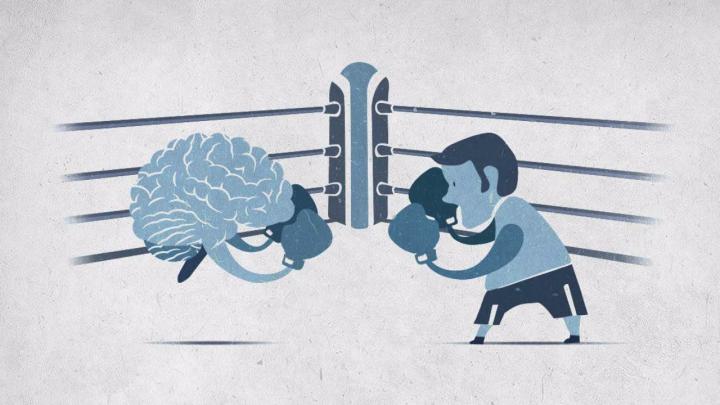

In brand research and marketing, there is always a new buzzword on the block: biometrics, neuromarketing, big data, and small data. One such buzzword is behavioral economics. While traditional economics is driven by rationality, behavioral economics shows us that human behavior is actually quite irrational- we have many “heuristics” and cognitive biases that cause us to take reasoning shortcuts and make suboptimal assumptions. Hence the saying, “We’re only human.”
Let’s have a look at 3 key takeaways of Behavioral Economics in brand research and marketing from a branding perspective, based on foundational principles: namely how to do brand research, how to frame your offer, and how to communicate and engage.
How to Do Brand Research
Anyone involved in consumer research knows that answers can be elusive. Often what people say and what they actually do are different. What are the respondents doing? Are they lying to researchers? Maybe, but maybe not. Behavioral economics suggests that people have two types of thinking: System 1, which is fast, intuitive, and often irrational, and System 2, which is slower, controlled, and analytical. Often we act based on System 1 alone (which we may not care to admit), and other times our System 2 just doesn’t have insight into why we acted a certain way. If people are asked “Why?” by a researcher, they feel inclined to give an answer, and unfortunately, it may not be highly accurate.

So if there’s one thing brands should be careful about when doing brand research, it’s asking consumers why, and then making marketing decisions based on those responses. In this case, we are asking the consumers to be scientists, rather than leaving that up to the researchers. It is often more effective to ask many non-why questions – what, where, when, with whom – the answers to which the researchers then collate and analyze to form a hypothesis for, hopefully, the real whys.
Just because consumers aren’t good at answering all of our questions doesn’t mean we shouldn’t ask them any- but we should design brand research with the backdrop of Behavioural Economics’s system 1 and system 2 in mind, to be aware of limitations and to get the most out of the questions we can and do ask.
How to Frame Your Offer
Let’s say you have a new brand or even an existing one, and you have a nice brand platform document that outlines your brand vision, values, target audience, brand personality, benefits, proposition, and the like. That document works well to align internal stakeholders, but it then needs to be adapted into consumer-friendly messaging that frames the value proposition in a compelling way. Behavioral economics can help us with that.

The various ways Behavioral Economics in brand research and marketing can do so could make a small book in itself, but key insights can be narrowed down into three points:
How to Engage towards Purchase
The third takeaway from Behavioural Economics for brands is the frameworks and tips it offers on how to communicate and engage with an audience. For example, the thoughts and feelings in the consumers’ minds at the time of consuming a product, versus at the time of purchasing the product, are different. Most of the time brands want to trigger purchases, so communication should speak to the goals that are active at the time of purchase. To illustrate: Perhaps at the moment of consuming (i.e. eating) a health food product a consumer’s healthy living goals are active, however, when they face the shelf of health foods at the supermarket, convenience, and value-for-money are salient. Brands need to first understand the goals common among their target audience, and then trigger the salient goals during consumption as well as purchase.

To recap, behavioral economics from a brand perspective gives us several takeaways:
Ironically, once you are comfortable with the fact that people are irrational, the world starts to make a little more sense.
A Labbrand Group Company © 2005-2024 Labbrand All rights reserved
沪ICP备17001253号-3* Will be used in accordance with our Privacy Policy
To improve your experience, we use cookies to provide social media features, offer you content that targets your particular interests, and analyse the performance of our advertising campaigns. By clicking on “Accept” you consent to all cookies. You also have the option to click “Reject” to limit the use of certain types of cookies. Please be aware that rejecting cookies may affect your website browsing experience and limit the use of some personalised features.